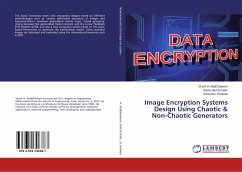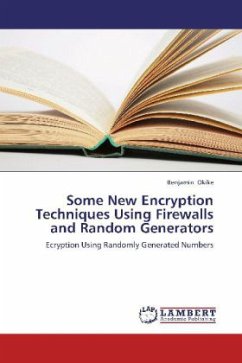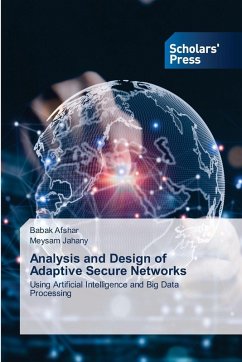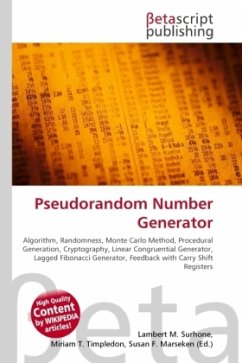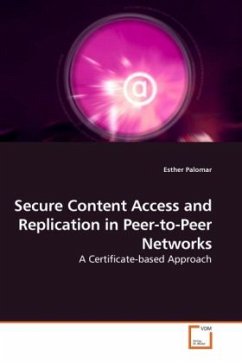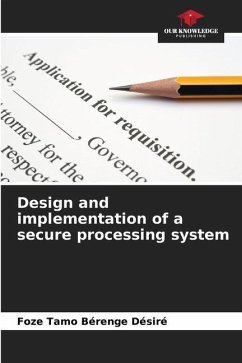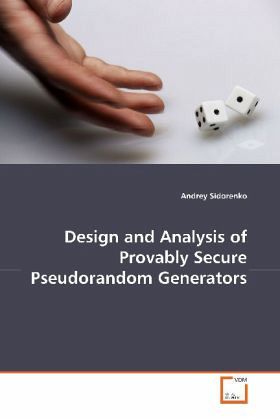
Design and Analysis of Provably secure Pseudorandom Generators
Versandkostenfrei!
Versandfertig in 6-10 Tagen
32,99 €
inkl. MwSt.

PAYBACK Punkte
16 °P sammeln!
Random numbers are used in a lot of applications. Inparticular, they are essential for most ofthe cryptographic systems.Pseudorandom generator is a mechanism for producingrandom numbers on a deterministic computer. Apseudorandom generator is said to becryptographically secure if its output cannot bedistinguished from uniformly random in a reasonabletime. In some cases, it is possible to prove that apseudorandom generator is cryptographically secureunder an assumption that a mathematical problem ishard to solve. Such pseudorandom generators arecalled provably secure.This book accomplishes sever...
Random numbers are used in a lot of applications. In
particular, they are essential for most of
the cryptographic systems.
Pseudorandom generator is a mechanism for producing
random numbers on a deterministic computer. A
pseudorandom generator is said to be
cryptographically secure if its output cannot be
distinguished from uniformly random in a reasonable
time. In some cases, it is possible to prove that a
pseudorandom generator is cryptographically secure
under an assumption that a mathematical problem is
hard to solve. Such pseudorandom generators are
called provably secure.
This book accomplishes several goals. First, it
presents the security analysis of several existing
pseudorandom generators such as the classical RSA
generator and the recently developed Dual Elliptic
Curve generator. Second, it describes a new family of
provably secure pseudorandom generators. Third, the
security of complex cryptographic systems that use
pseudorandom generators is analyzed. Finally, the
book revisits the problem of converting random bits
into random numbers.
The book is intended for both mathematicians and
engineers.
particular, they are essential for most of
the cryptographic systems.
Pseudorandom generator is a mechanism for producing
random numbers on a deterministic computer. A
pseudorandom generator is said to be
cryptographically secure if its output cannot be
distinguished from uniformly random in a reasonable
time. In some cases, it is possible to prove that a
pseudorandom generator is cryptographically secure
under an assumption that a mathematical problem is
hard to solve. Such pseudorandom generators are
called provably secure.
This book accomplishes several goals. First, it
presents the security analysis of several existing
pseudorandom generators such as the classical RSA
generator and the recently developed Dual Elliptic
Curve generator. Second, it describes a new family of
provably secure pseudorandom generators. Third, the
security of complex cryptographic systems that use
pseudorandom generators is analyzed. Finally, the
book revisits the problem of converting random bits
into random numbers.
The book is intended for both mathematicians and
engineers.





